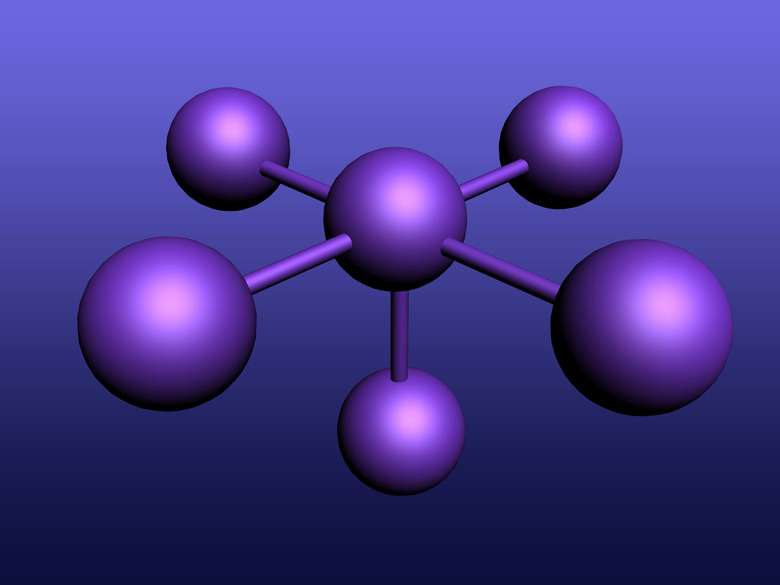Hands-On Activities To Teaching Isotopes For High School
Atoms of the same element can have different numbers of neutrons. These different versions of the element are referred to as isotopes. While atoms are crucial to understanding chemistry, they can't be seen with the naked eye. High school students need concrete methods to get them engaged in learning about isotopes and atomic structure. Hands-on activities where they manipulate physical things, draw, and create their own charts can improve comprehension while pulling in learners who are visual learners, and those who process knowledge by picking up and touching items.
Models with Beads
Models with Beads
One way for a student to see the unseen world of atoms is to make a model with something tangible. Have students create models of different isotopes using a set of blue beads and white beads. First, have them create a model of a neutral atom. Because the neutral atom has the same number of electrons as protons, the model will have the same number of blue beads as white beads. After this simple activity, students should make models of a number of different isotopes of the same element. For example, Carbon-12, Carbon-13, Carbon-14.
Drawing Models
Drawing Models
While some students like manipulating solid objects, others prefer drawing. Have students draw different isotopes of the same element with pens or markers. Replicate the examples above, but in this exercise, have the students draw the structure. Use red ink for protons and black ink for electrons.
Creating a Chart
Creating a Chart
While filling out charts and worksheets is common in high school classes, it's not really hands-on without the student creating the chart. Instruct students to create a chart with the following headings: Element, Number of Protons, Number of Neutrons, Atomic Mass, Atomic Number. Assign them Carbon-12, Carbon-13, Carbon-14, Chlorine-35, Chlorine-37. To stimulate the students' independence and imagination, tell them to choose another element and chart its isotopes.
Radioactive Decay
Radioactive Decay
The Half-Life of M&Ms is an activity that illustrates the concept of radioactive decay. Put 200 M&Ms in a shoe box with the lettered sides facing up. Cover the box and shake it for three seconds. This represents one time interval. Take off the cover and remove decayed atoms–ones that have the lettered side down. Write the number of remaining and decayed atoms on a data sheet. Repeat this process until all of the atoms have decayed or until you have shaken the box 10 times or 30 seconds. Record the numbers at each time interval. Start over with a second trial of this experiment. Add the numbers from each interval from the two trials, and calculate the average. If the model worked perfectly, you would see half of the candies disappear each interval. Take the number of half-lives that occur during 12 seconds of this experiment. This is four half-lives. Divide 200 by 1/2 four times. The result is the dividend of 12.5. After four half-lives, only 12 to 13 atoms remain. This calculation should be close to the numbers you find in your experiment.
Cite This Article
MLA
Toivonen, John. "Hands-On Activities To Teaching Isotopes For High School" sciencing.com, https://www.sciencing.com/handson-activities-teaching-isotopes-high-school-12110752/. 24 April 2017.
APA
Toivonen, John. (2017, April 24). Hands-On Activities To Teaching Isotopes For High School. sciencing.com. Retrieved from https://www.sciencing.com/handson-activities-teaching-isotopes-high-school-12110752/
Chicago
Toivonen, John. Hands-On Activities To Teaching Isotopes For High School last modified March 24, 2022. https://www.sciencing.com/handson-activities-teaching-isotopes-high-school-12110752/
